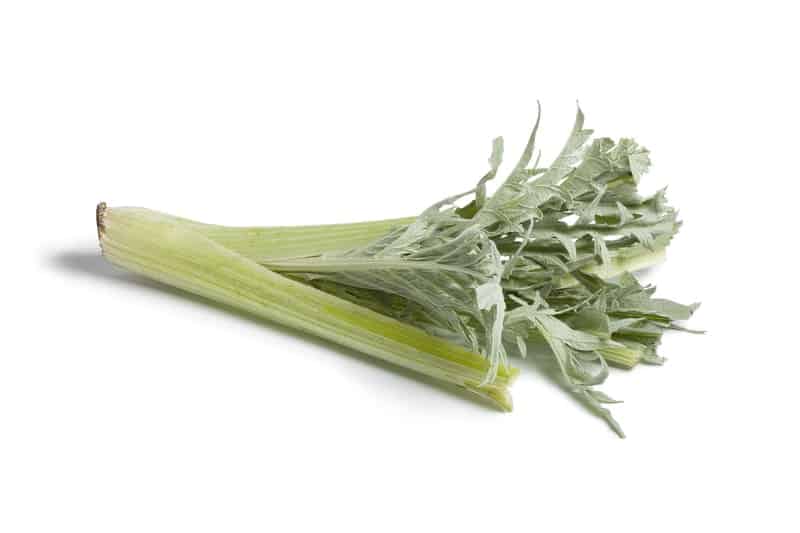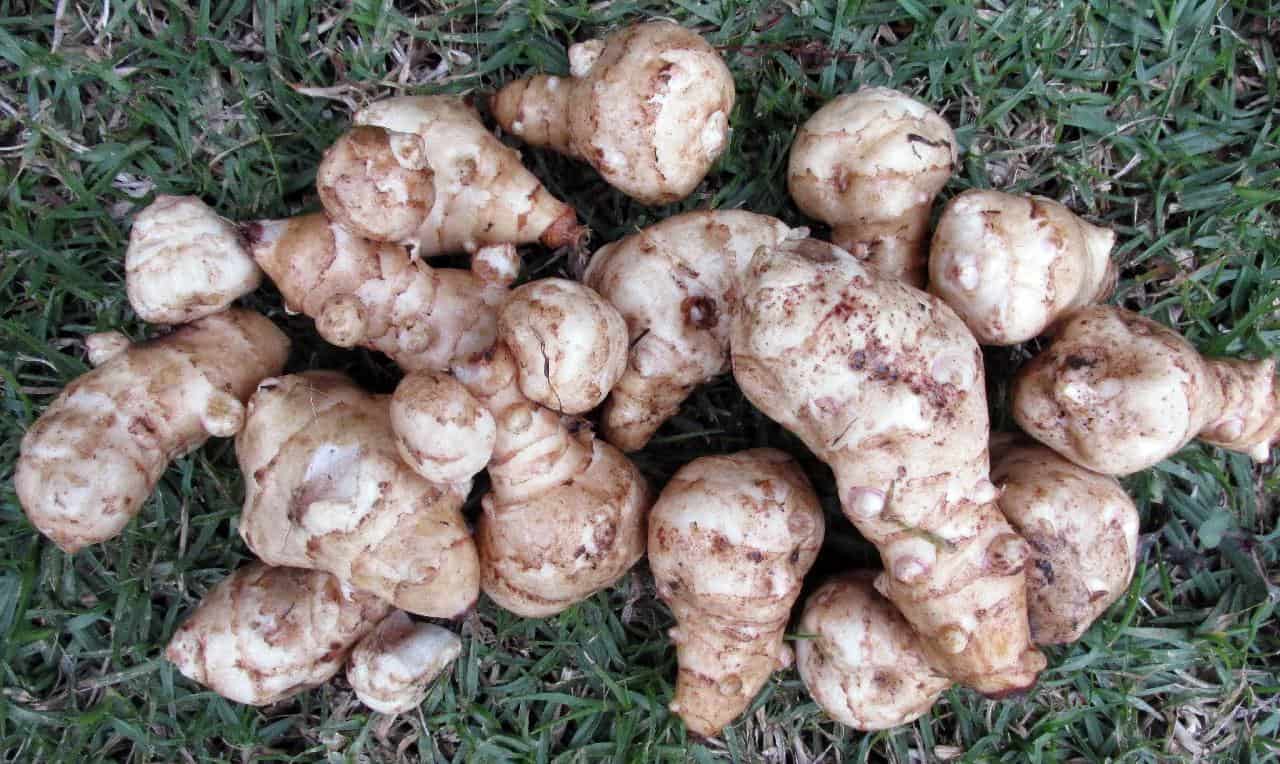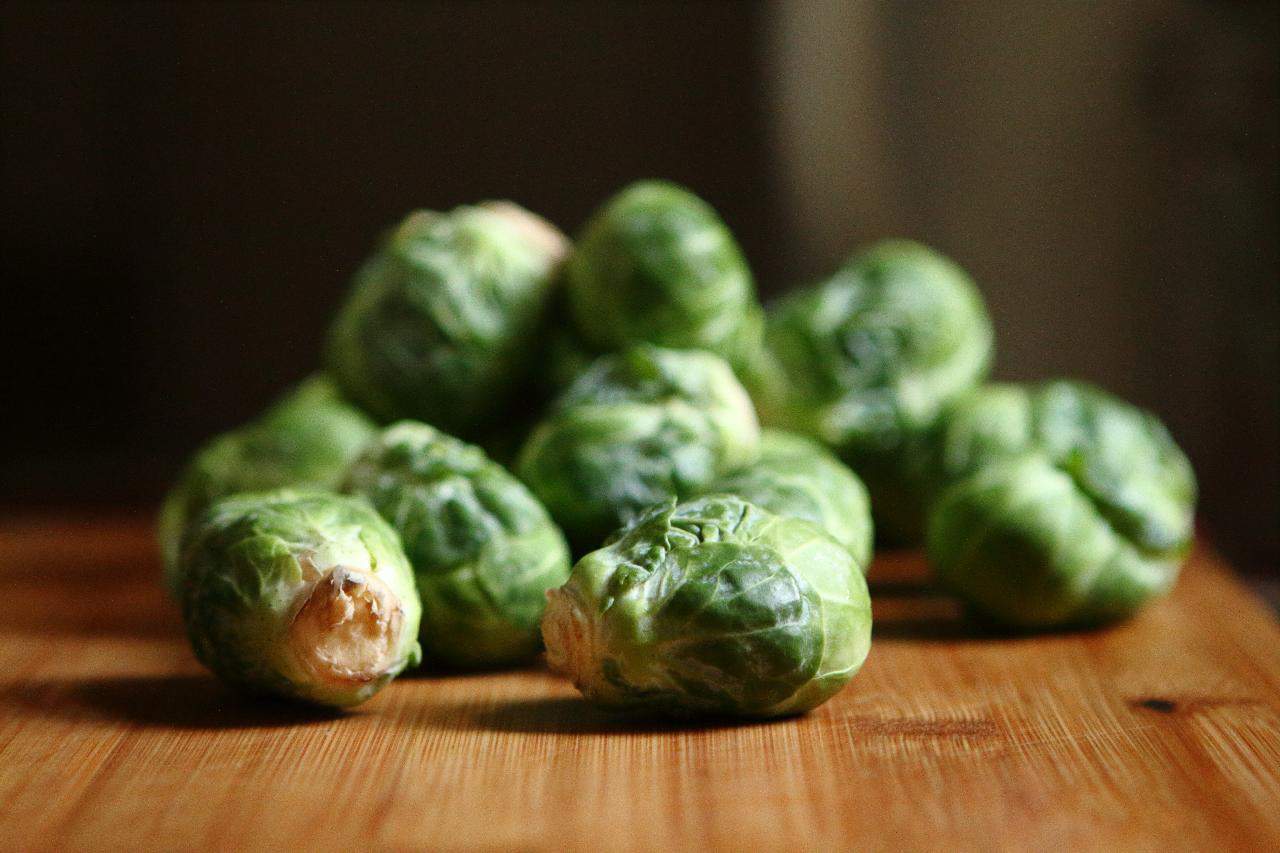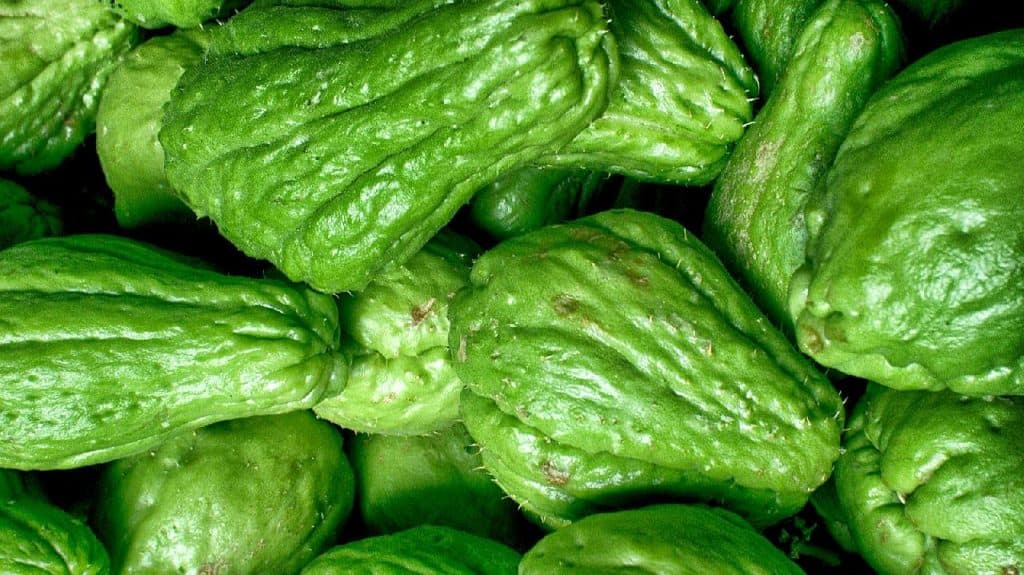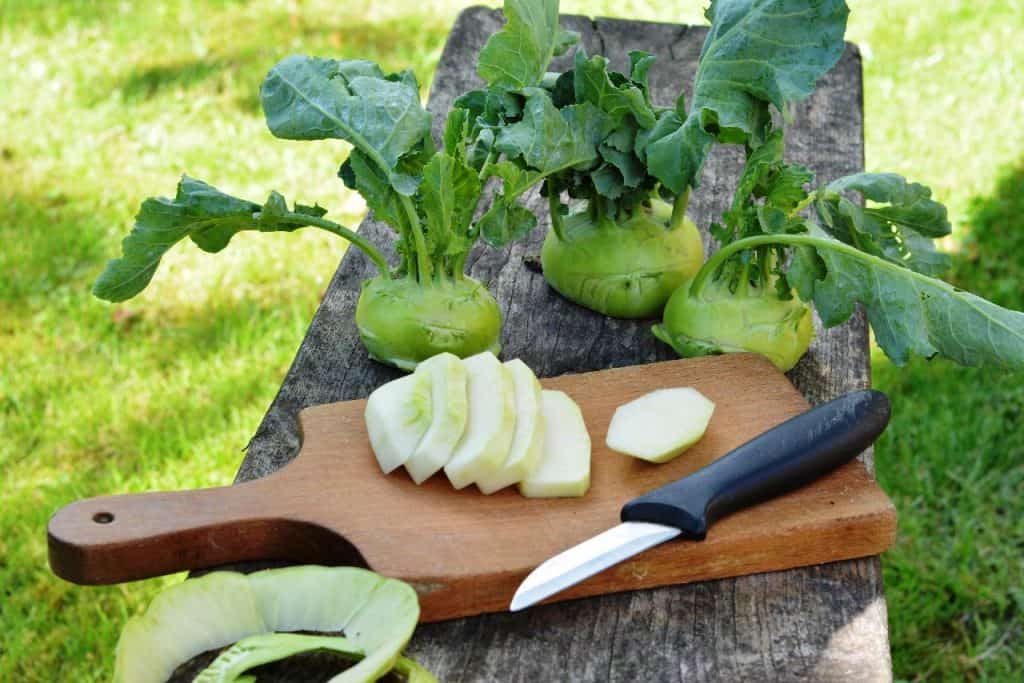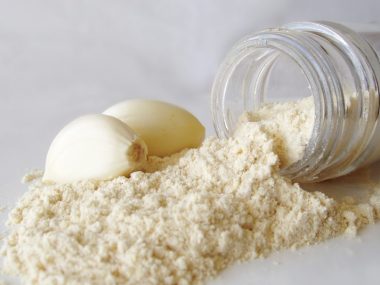Artichoke is a plant from the composite flower family that grows in the south of Europe. It’s cultivated in the US mostly in California.
The long, somewhat spiked leaves continue from the base of the stem. The stem is up to 3 ft high, fanned, with big heads of violet-hued, thorn-like blossoms at the top of the branches.
The thickened container (heart) and fleshy bases of the scales (leaves) of the juvenile blossom are edible parts. You can either steam, grill, roast, fry, braise or eat them raw.
It depends on your taste. But if you don’t have artichoke at hand, use Cardone, Jerusalem artichoke, Brussel sprouts, chayote, or some of the following substitutes.
Substitutes for Artichoke
Artichoke is used differently in different recipes. And because of that, it has various types of substitutes depending on the recipe. Let’s take a closer look at some of the best substitutes for artichoke.
1. Cardone
Cardone, also known as cardboard, looks like celery. However, it has a similar flavor to artichoke. You must cook it before consuming it. It’s also known as a Christmas dinner delicacy.
Since it tastes similar to an artichoke it can be used in toppings instead of it. However, it’s not for sauce or gravy as a result of its different texture and consistency.
2. Jerusalem artichoke
This little vegetable is frequently mistaken for an artichoke. However, it’s nothing similar to it. It has a great taste, a firm surface, and doesn’t have any properties like artichoke aside from the texture.
It is extremely fresh in servings of mixed greens. If you need to give your dish an artichoke-like surface, you can use Jerusalem artichokes as a substitute.
3. Brussel sprouts
Brussel sprouts make a great substitute if you want to cook a butter-garlic sauce with artichoke but you don’t have them. They’re just as delicious and flavorful.
4. The heart of the palm
The heart of the palm is harvested from the inner part of the palm and some peas trees. In the fresh state, it can be found only in jars. Its often used in sauces as a substitute for artichoke.
The taste is suggestive of an artichoke blended in with a trace of sweetness and some crunch. The gentle flavor makes them a great fresh start for a wide range of flavor profiles.
5. Chayote
Chayote can be used chopped or sliced. Chopped as toppings or sliced when your dish needs sliced artichokes without adjusting your recipe.
6. Other parts of the artichoke
In the event that you would prefer not to use an artichoke heart or don’t consume it because of health issues, you can use different pieces of artichoke in your recipe. You can choose between canned, fresh, frozen, or pickled artichoke too.
7. Asparagus
Asparagus is a green vegetable with long pointy spears, which can be roasted, grilled, or steamed. It has a strong earthy taste like broccoli.
When baked and seasoned with lemon juice and olive oil it tastes more like beans. However, it tastes like artichoke when it’s fried even though artichokes have a sweeter and nuttier flavor.
8. Kohlrabi
Kohlrabi is a member of the cabbage family, relative to broccoli, cabbage, kale, and brussels sprouts. It has a long verdant stem and generally purple round bulb, light green, or white. It’s consistently white-yellow within.
The bulb is used in servings of mixed greens and soups but can be roasted or sautéed. Its leaves and stems are a little crunchy and cook like collard greens.
How to Select Artichoke?
Pick globes that are dull green, weighty, and have “tight” leaves. Try not to choose globes that are dry or they have a brown color.
On the off chance that the leaves show up excessively “open”, the gag is over the hill. You can in any case eat them. However, the leaves might be tough.
Don’t throw them away. Use them to make artichoke soup. Artichokes are accessible over time with the top season being from March to May with a more modest crop made in October.
How to Prepare Artichoke?
Put the choke upside down in the sink and rinse it under running water. You can remove the entire stem or live a little bit. Then, remove the small leaves and the tips using scissors or a sharp knife.
Place the artichokes in a bowl of water with the juice of one or two lemons added until you are ready to cook them.
How to Eat an Artichoke?
Most of the edible part of the artichoke is on the inside bottom 1/3 of the choke leaf. They are usually served with a dip like lemon butter, or mayonnaise.
The leaves closest to the heart of the choke are very tender and crispy. When you see hair-like strands you’ve found the heart. Scoop it with a spoon and dispose of it.
The remainder of the base of the choke is edible, alluded to as the heart. This is the best part of the artichoke for certain individuals.
Baby artichokes are full-grown artichokes that grow nearer to the ground, protected by the big leaves on the plant. They are not hard to cook because the inner choke is not developed.
The chokes ought to be frozen cooked and not raw. Try not to attempt to freeze raw artichokes since they will become brown and be unappealing in taste and color.
FAQs
What can I use instead of Jerusalem artichoke?
Instead of Jerusalem artichoke, you can use the same amounts of jicama, water chestnuts, or artichoke hearts.
Is hearts of palm and artichokes the same thing?
They are not the same thing, but they can be a substitute for each other. Although the heart of palm has a pretty bland flavor, and artichokes have a lot more flavor.
Can I use hearts of palm instead of artichokes?
Hearts of palm are the delicate, deepest pieces of explicit assortments of palm trees. They are a great substitute if you are hoping to make a vegan or vegetarian dish.
Final Words
Fresh artichokes are healthy when you are on a diet because they’re low in calories and sodium and free of fat and cholesterol. They have vitamin c, magnesium, fiber, and folate.
You have to cook them before eating by grilling, baking, boiling, braising, or roasting.
The most popular and easiest cooking method is steaming the whole artichoke. Artichoke can be used in soup, pasta, various dishes, or dips. If you don’t have it you can use some of these substitutes.
We hope that this article assisted you with discovering potential substitutes for the artichoke according to your ideal recipe. These substitutes are exceptionally helpful and don’t affect the flavor of your recipe whenever used carefully.
Like in recipes where you need comparable texture use a texture-based substitute. And in recipes where you need a comparable taste, use a taste-based substitute.

